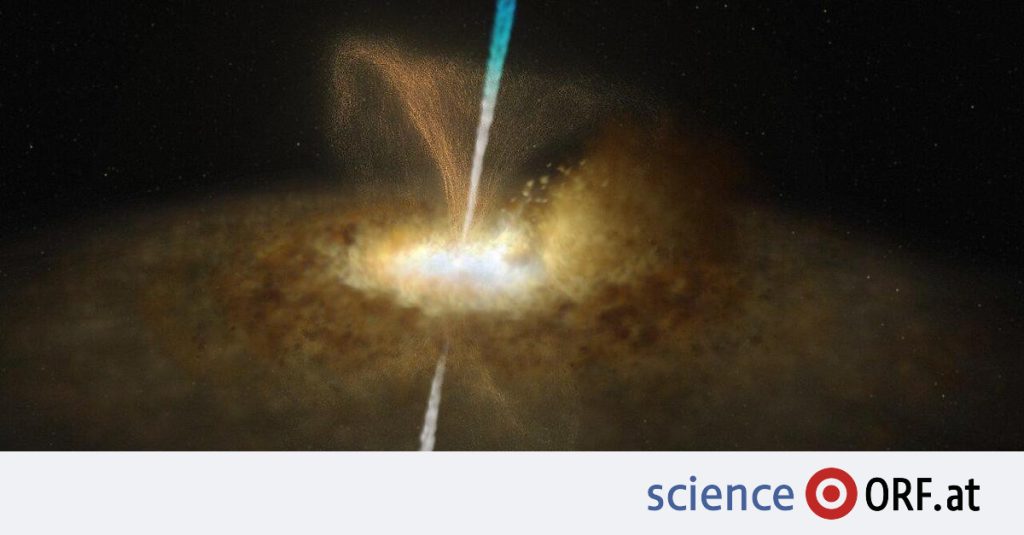“Active Galaxy Cores” (Active Galactic Nuclei, AGN) are among the brightest objects in the universe. They are very powerful energy sources, powered by a supermassive black hole at the center of certain galaxies. Large amounts of cosmic dust and gas cause it to spiral toward the black hole, releasing massive amounts of energy in the process, feeding the bright, glowing star.
Various manifestations of active galactic nuclei have been observed, which have been known for decades: some “active galactic nuclei” shine brightly in visible light, others – like the nuclei observed in the current study Messier 77 – A rather faint glow. According to the standard theory of AGN created 30 years ago, despite their differences, all “active galactic nuclei” have the same basic structure: a supermassive black hole surrounded by a thick ring of dust and gas.
Infrared range special instrument
According to the Standard Model, the different appearance of the “active galactic nuclei” is due to the angle at which the black hole and its dust ring are viewed from Earth. There have already been some observations supporting this theory, but there are still doubts about whether the dust ring can completely obscure the black hole and thus make these galactic nuclei less bright in visible light.

research team Violet jams roses of Leiden University has now, with the instrument MATISSE (Multiple Infrared Infrared Spectrophotometer Experiment), jointly developed in Austria, VLTI In the Chilean Atacama Desert, the center of the galaxy “Messier 77”, 47 million light-years away and also known as NGC 1068, is observed in the infrared range. The instrument uses interferometry to combine infrared light collected by all four telescopes in the VLT.
“Until the development of MATISSE, this was not technologically feasible — especially in the very large wavelength range of three to twelve micrometres,” he explained. Joseph Heron of the Institute of Astrophysics at the University of Vienna for the study, which has now been published in the journal Nature. study. The ability to connect the four telescopes with a diameter of 8.2 meters has given scientists the accuracy they need to know what is going on inside even in a galaxy as distant as Messier 77.
theory confirmed
Combined with data from other telescopes, this allowed the team to create a detailed image of the dust and of various temperatures – from room temperature to 1,200 degrees Celsius – and determine exactly where the black hole should be. They see the results as confirmation of the Standard Model for “active galactic nuclei”. And also Robert Antonucci of the University of California, Santa Barbara (USA), in an accompanying comment in Nature, says the study is “the best evidence to date of the validity of the Standard Model”.
Developed over twelve years by scientists from France, Germany, the Netherlands, Austria and ESO, the MATISSE device saw its “first light” in 2018. The University of Vienna funded parts of the cryogenic optics and Vienna researchers are involved in calibrating the device.
For Gamez Rosas, the work is “an important step in understanding how AGN works.” The findings could also help to better understand the history of the Milky Way, which hosts a supermassive black hole at its center that must have been active in the past,” the researcher said in a broadcast from the Max Planck Institute for Radio Astronomy in Bonn.

“Social media evangelist. Baconaholic. Devoted reader. Twitter scholar. Avid coffee trailblazer.”








More Stories
Longest jets in the universe discovered – giant particle streams as long as 140 Milky Way galaxies in a row
New method reveals 307 supernova remnants
Snapchat is upping the ante on augmented reality glasses